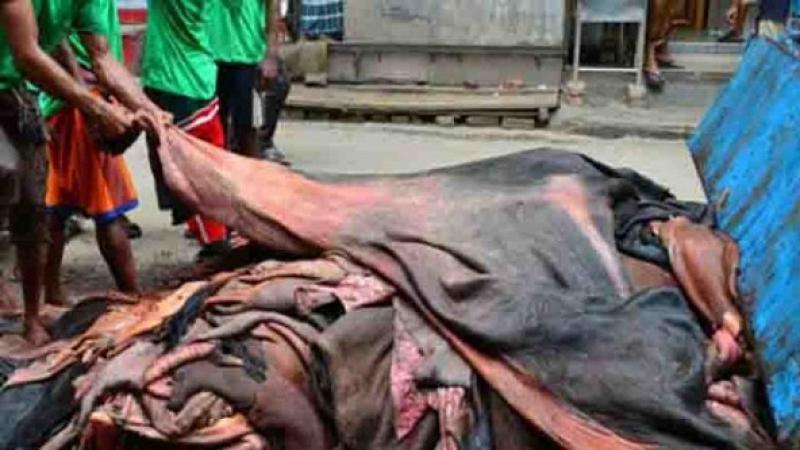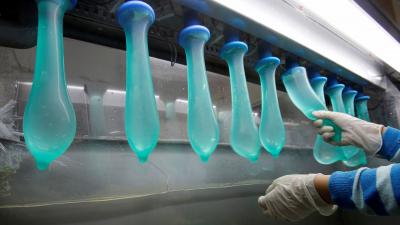 Compared to previous years, the price of hide is the lowest this time. People have been vocal in Facebook, venting anger about the low rate of animal skin and slating the high cost of leather shoes. The common complaint is: a hide is sold for Tk. 300 while a pair of shoes costs Tk. 6,000.
Compared to previous years, the price of hide is the lowest this time. People have been vocal in Facebook, venting anger about the low rate of animal skin and slating the high cost of leather shoes. The common complaint is: a hide is sold for Tk. 300 while a pair of shoes costs Tk. 6,000.
While there is a rising outrage over what many believe to be a sign of disparity, several people have said that instead of selling the hide they buried it.
Like previous years, the government fixed the price of hide, but in reality, the selling price was below the stipulated rate.
The hide from a cow bought for Tk 100,000 did not even fetch Tk 1,000. Three to four years ago, the hide of a Tk 500,00 cow sold for Tk 2,000 to 3,000.
Many have expressed their grievance on their Facebook page asking how the hide of an animal can be sold for Tk 300 when a pair of shoes is twenty times more.
Raju Ahmed, chairman of New Green Party, wrote on his Facebook page: “reforms are certainly needed in a country where the price of a pair of shoes is Tk 6,000 and hide Tk. 300.”
President of the Bangladesh Finished Leather, Leather Goods and Footwear Exporters’ Association, Mahiuddin Ahmed, told Bangla Tribune: “the price of shoes has no link with the rate of rawhide because shoes reach the tannery after crossing four layers.”
Even if a hide is sold at a low price, the tannery owner has to buy it for more than Tk 1,000, he said.
After coming to the tannery, the hide is processed and 20 to 30 percent of it becomes spoilt or unusable; when processing is done, only 20 percent hide goes to the shoe factory.
“Factories have to bear the expenses of workers and manufacturing; after a pair is made, big brands buy them; by the time a pair is exhibited on the shelves, more than ten stages have been passed.”
Mahiuddin Ahmed also informed that while exporting shoes, per pair costs around $ 14, which is less than Tk 1,200; however, when brands buy and display them, the price goes up to $ 100, which is Tk 8,000.
General-secretary of the Bangladesh Tanners’ Association, Sakhawatullah, told Bangla Tribune: “the hide comes to us after three or four stages and from the collected hide, we sometimes do not get even 30 percent for shoe making.”
Very high quality leather is needed to manufacture shoes, he said and added: “it’s hard to bring out 300 feet leather from 1,000 feet of purchased leather.”
Branded shoes may cost Tk 5,000 but local shoes cost far less, he contended.






